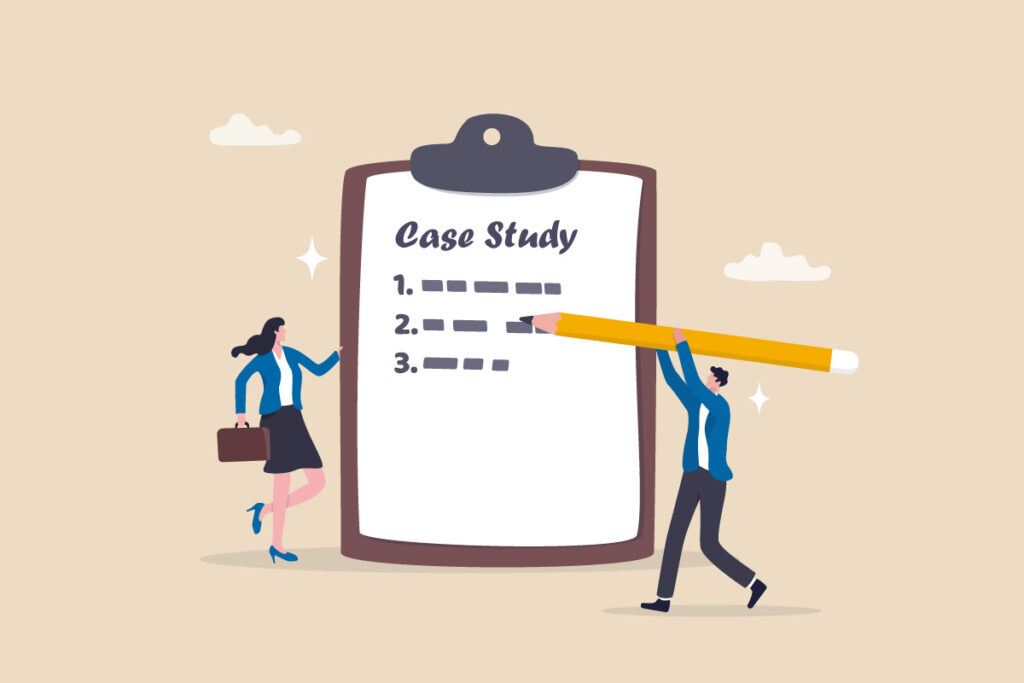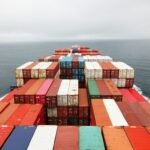- By TOP CHINA FREIGHT
- October 9, 2025
- Shipping
Table of Contents
Shoes freight China to Europe is a critical step for footwear businesses looking to maintain supply chain efficiency. Many companies struggle with rising shipping costs, unpredictable transit times, and complex customs regulations. By choosing the right logistics solutions, businesses can streamline deliveries, reduce costs, and improve customer satisfaction. This guide provides a comprehensive overview of shipping methods, costs, customs requirements, and practical strategies for optimizing international footwear shipments.

What Are the Main Shipping Methods for Shoes Freight China to Europe?
Shipping shoes internationally requires careful selection of transportation methods. The three main options are sea freight, air freight, and rail freight. Each method has distinct advantages depending on urgency, budget, and shipment volume.
| Shipping Method | Transit Time | Cost per 20ft Container | Best For | Pros | Cons |
|---|---|---|---|---|---|
| Sea Freight | 30–45 days | $1,200–$2,000 | Bulk shipments | Economical for large volumes, flexible container options | Longer transit, dependent on port schedules |
| Air Freight | 3–10 days | $5–10 per kg | High-value, urgent shoes | Fastest delivery, high reliability | Expensive, weight restrictions |
| Rail Freight | 18–25 days | $2,000–$3,000 | Mid-volume shipments | Balanced speed and cost, lower risk than sea | Limited routes, customs checks may cause delays |
Sea freight is ideal for companies importing large quantities of shoes, while air freight suits high-value or urgent orders. Rail freight offers a middle ground, balancing cost and speed for medium-sized shipments.
How Much Does It Cost to Ship Shoes from China to Europe?

Shipping costs vary widely depending on shipping method, volume, and destination. Understanding the different cost structures is essential for budgeting.
| Shipping Type | Cost Factor | Average Price | Notes |
|---|---|---|---|
| Sea Freight | 20ft Container | $1,200–$2,000 | Economical for bulk orders; additional charges for fuel and port fees may apply |
| Air Freight | Per kg | $5–10 | Fastest, best for urgent or high-value shipments; surcharges may apply during peak seasons |
| Rail Freight | 40ft Container | $2,000–$3,000 | Suitable for medium-sized shipments; combines speed and moderate cost |
In addition to basic freight costs, businesses must account for insurance, customs duties, and handling fees. Planning ahead and comparing multiple freight forwarders can help reduce overall expenses.
How Long Does It Take to Ship Shoes from China to Europe?
Transit times depend heavily on the chosen shipping method and route.
| Destination | Sea Freight | Rail Freight | Air Freight |
|---|---|---|---|
| Germany | 30–35 days | 18–20 days | 3–5 days |
| France | 32–38 days | 20–22 days | 4–6 days |
| UK | 33–40 days | 22–24 days | 3–5 days |
| Italy | 35–45 days | 18–25 days | 4–7 days |
Sea freight may be delayed during peak shipping seasons or port congestion. Air freight provides the quickest delivery but at higher costs. Rail freight serves as a compromise for businesses seeking reasonable transit times without excessive expenses. Advanced planning and route optimization are crucial for meeting tight delivery schedules.
What Are the Key Customs Documents for Shoes Freight?

Efficient customs clearance prevents delays and additional charges. Key documents include:
| Document | Purpose |
|---|---|
| Commercial Invoice | Details item description, value, and HS code for customs assessment |
| Packing List | Lists package contents, weight, and dimensions |
| Bill of Lading (B/L) | Legal proof of shipment and cargo ownership |
| Certificate of Origin | Verifies the country of manufacture for duty purposes |
| Import License (if required) | Ensures compliance with EU regulations |
| Insurance Certificate | Provides protection against loss or damage during transit |
Preparing accurate documentation reduces the risk of customs inspections and ensures smoother deliveries.
How to Choose Between Sea, Air, and Rail Freight?
The selection depends on cost, speed, and reliability:
Sea Freight:
Best for bulk shipments and cost-saving. Ideal for large-scale retailers.
Air Freight:
Recommended for high-value or urgent shipments. Ensures fast delivery.
Rail Freight:
Balances speed and cost; good for medium-sized shipments with time-sensitive deadlines.
Combining shipping methods, such as using rail for inland transport and sea for the main leg, can further optimize efficiency.
Can You Consolidate Shoes Shipments to Save Costs?
Consolidation allows multiple smaller shipments to be combined in a single container (LCL – Less than Container Load), significantly reducing per-unit freight costs. Freight forwarders manage consolidation and ensure goods from multiple suppliers are shipped efficiently.
Advantages include:
- Lower shipping costs and handling fees
- Reduced insurance premiums
- Streamlined customs clearance for multiple shipments
Working with an experienced freight forwarder can help businesses leverage consolidation effectively, especially when sourcing from multiple factories in China.
What Are the Advantages of Using a Freight Forwarder for Shoes Freight?
Freight forwarders simplify the shipping process by providing professional services:
- Expert guidance on customs clearance, tariffs, and EU regulations
- Negotiated rates with carriers to reduce shipping costs
- Coordination of multimodal shipments (sea, rail, and air)
- Real-time tracking and supply chain visibility
- Additional services such as warehousing, labeling, and packaging
Partnering with a reputable freight forwarder minimizes risk and ensures timely delivery, allowing businesses to focus on growth rather than logistics.
How to Minimize Risks During Shoes Shipping?
Shipping risks can be mitigated through careful planning:
- Use reliable carriers with proven EU shipping experience
- Purchase cargo insurance to cover loss, damage, or theft
- Pack shoes appropriately to prevent deformation, moisture, or damage
- Track shipments using modern logistics software
- Maintain open communication with suppliers and forwarders to resolve issues promptly
These measures safeguard both product quality and delivery schedules, ensuring customer satisfaction.
Case Study: Efficient Shoes Shipment from China to Germany

A European retailer ordered 15,000 pairs of shoes from multiple Chinese suppliers. By consolidating shipments and choosing a combination of sea and rail freight:
- Shipping costs were reduced by 25%
- Transit time averaged 32 days from factory to warehouse
- Customs clearance was seamless with complete documentation
- Products arrived in excellent condition, ready for retail distribution
This example highlights the importance of strategic shipping planning, effective consolidation, and professional freight management.
Conclusion
Shipping shoes from China to Europe demands careful planning, proper documentation, and an understanding of different freight options. Sea, air, and rail freight each serve distinct business needs, from cost savings to rapid delivery. Working with a professional freight forwarder simplifies the process, reduces risks, and enhances overall supply chain efficiency. Optimizing your shipping strategy ensures timely deliveries, cost control, and satisfied customers. Start planning your shoes freight China to Europe today for smoother international operations.
Need a Shipping Quote?
If you want expert guidance and peace of mind, our team is ready to assist.
TJ China Freight offers tailored solutions to help businesses of all sizes ship more reliably from China.

FAQ
Q1: What is the cheapest way to ship shoes from China to Europe?
Sea freight is the most affordable option for bulk shipments. It’s slower but ideal for large shoe orders with flexible delivery schedules.
Q2: How long does air freight take from China to Europe?
Air freight usually takes 3–10 days depending on destination and airline, perfect for urgent or high-value shoes.
Q3: Can small shoe shipments be shipped efficiently?
Yes. LCL (Less than Container Load) consolidation allows small batches to share container space, reducing costs.
Q4: What customs duties apply to importing shoes into Europe?
Duties vary by material and type. Importers must provide HS codes and pay VAT or import tax as required.
Q5: Is insurance necessary for shoe shipments?
It’s not mandatory but highly recommended to protect against damage, loss, or theft during international transport.



